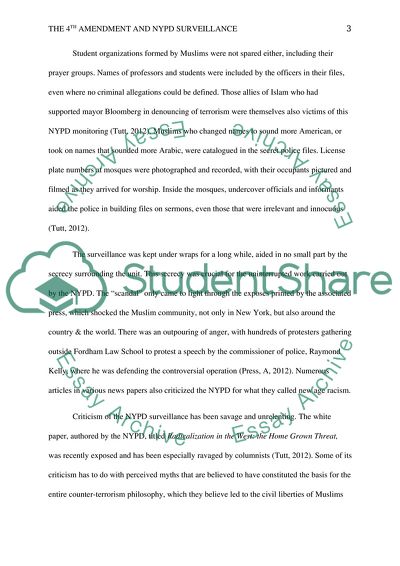Cite this document
(The Fourth Amendment and NYPD Surveillance Essay Example | Topics and Well Written Essays - 1500 words, n.d.)
The Fourth Amendment and NYPD Surveillance Essay Example | Topics and Well Written Essays - 1500 words. https://studentshare.org/politics/1770445-4th-amendment-and-nypd-surveillance-paper
The Fourth Amendment and NYPD Surveillance Essay Example | Topics and Well Written Essays - 1500 words. https://studentshare.org/politics/1770445-4th-amendment-and-nypd-surveillance-paper
(The Fourth Amendment and NYPD Surveillance Essay Example | Topics and Well Written Essays - 1500 Words)
The Fourth Amendment and NYPD Surveillance Essay Example | Topics and Well Written Essays - 1500 Words. https://studentshare.org/politics/1770445-4th-amendment-and-nypd-surveillance-paper.
The Fourth Amendment and NYPD Surveillance Essay Example | Topics and Well Written Essays - 1500 Words. https://studentshare.org/politics/1770445-4th-amendment-and-nypd-surveillance-paper.
“The Fourth Amendment and NYPD Surveillance Essay Example | Topics and Well Written Essays - 1500 Words”. https://studentshare.org/politics/1770445-4th-amendment-and-nypd-surveillance-paper.


